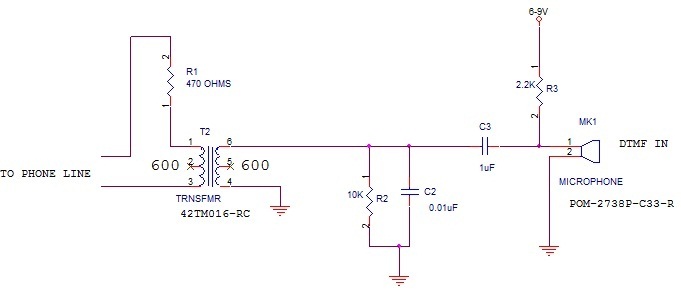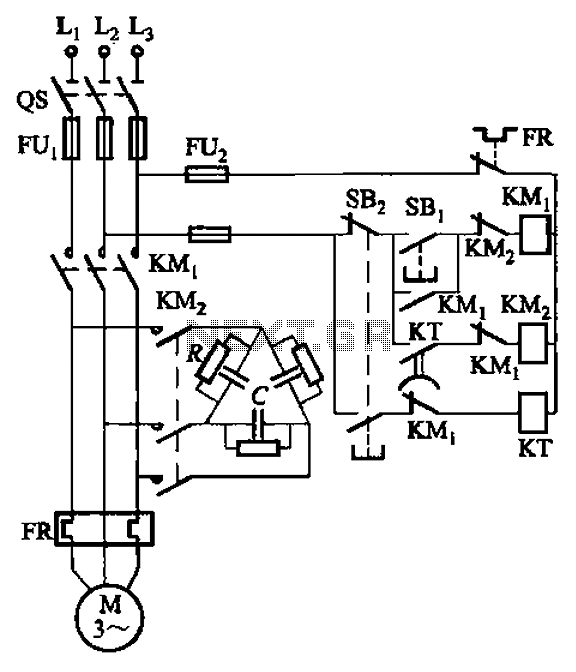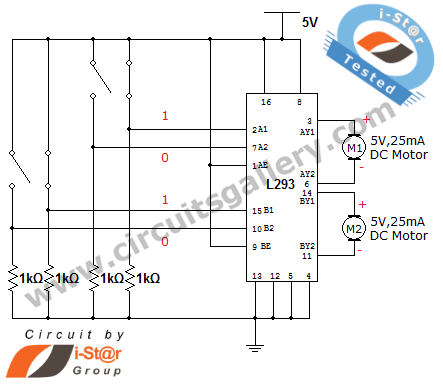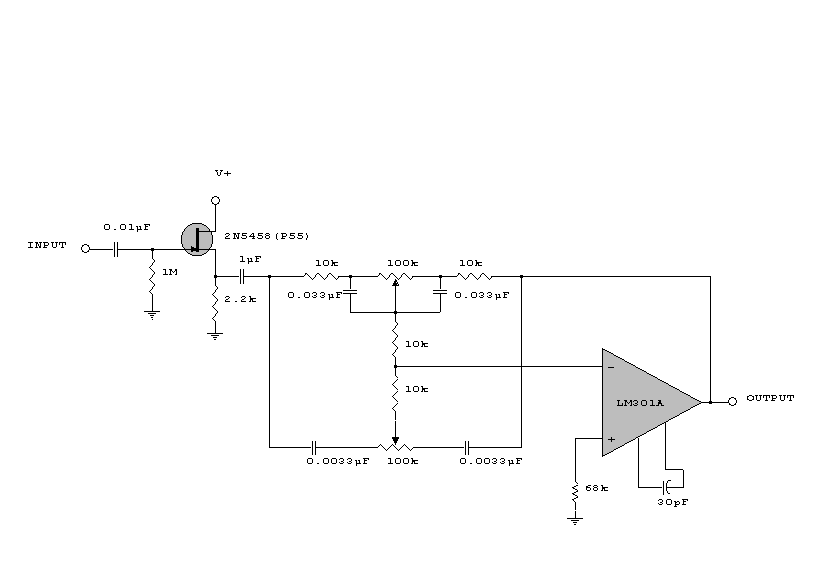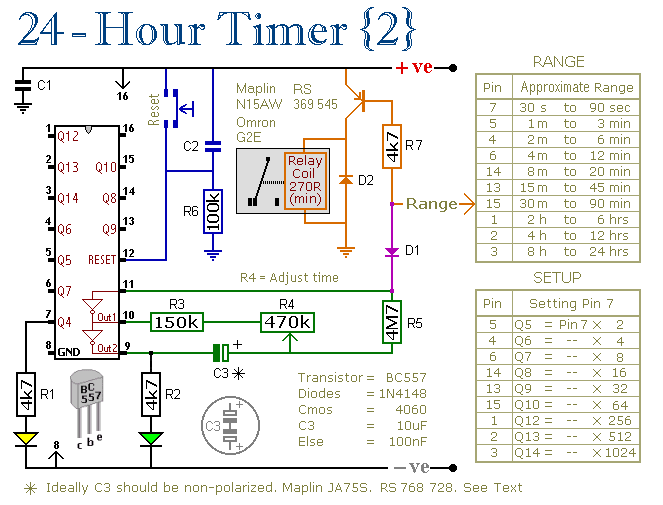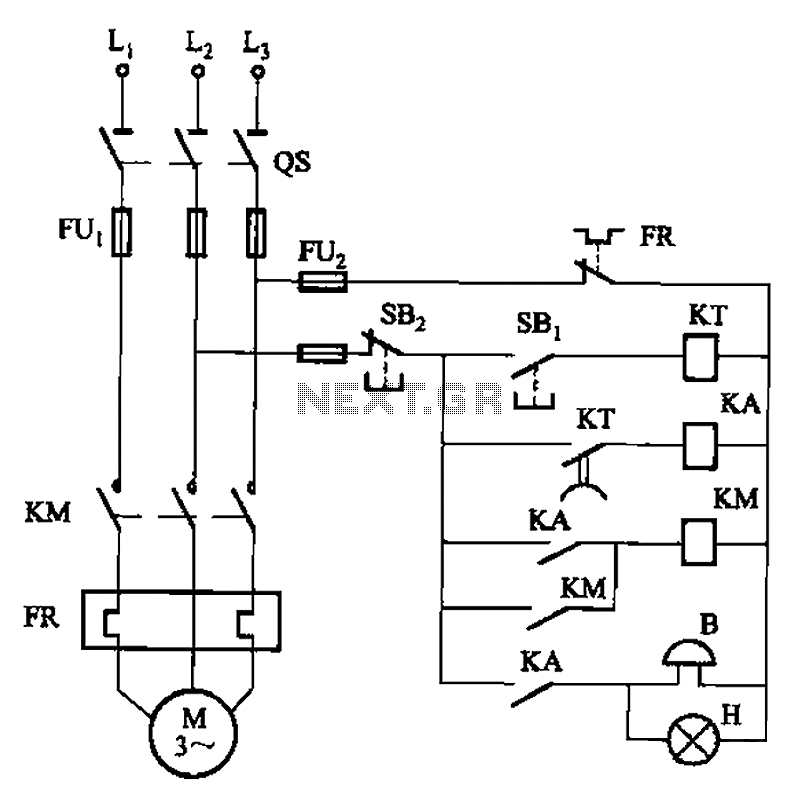
1.5 Volt LED Flashers circuit
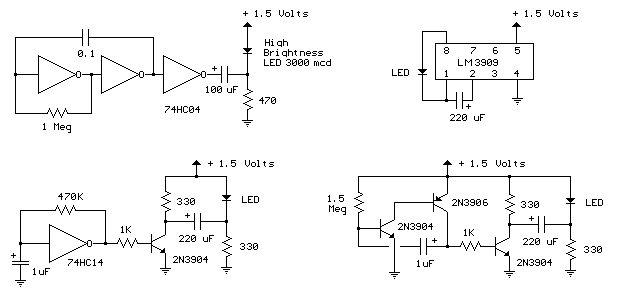
The LED flasher circuits operate on a single 1.5-volt battery. The circuit on the upper right utilizes the popular LM3909 LED flasher IC and requires only a timing capacitor and an LED.
The LED flasher circuit using the LM3909 integrated circuit (IC) is designed for efficient operation with minimal components. This circuit is particularly notable for its simplicity and effectiveness in producing a flashing LED effect, making it suitable for various applications, including indicators, decorative lighting, and low-power signaling devices.
The LM3909 IC is a specialized LED flasher that incorporates a timing mechanism to control the flashing rate of the LED. The operation of the circuit is based on a single 1.5-volt battery, which is sufficient to power the LM3909 and the connected LED. The circuit typically consists of the LM3909 IC, a timing capacitor, and a resistor to set the flash rate. The timing capacitor charges and discharges, creating a pulse that turns the LED on and off at a predetermined frequency.
In terms of component values, the timing capacitor's capacitance and the resistor's resistance will directly influence the flashing rate of the LED. A larger capacitor will result in a slower flash rate, while a smaller capacitor will produce a faster flashing effect. Similarly, changing the resistance will adjust the timing cycle, allowing for customization of the LED's flashing behavior.
The simplicity of the circuit makes it highly accessible for hobbyists and educators, as it can be easily assembled on a breadboard or printed circuit board (PCB). Furthermore, the low power consumption of the LM3909 ensures that the circuit can operate for extended periods on a single battery, making it an excellent choice for portable applications.
Overall, the LED flasher circuit with the LM3909 IC exemplifies an efficient and effective design for creating visual signals with minimal components and power requirements.The LED flasher circuits below operate on a single 1.5 volt battery. The circuit on the upper right uses the popular LM3909 LED flasher IC and requires only a timing capacitor and LED.. 🔗 External reference
The LED flasher circuit using the LM3909 integrated circuit (IC) is designed for efficient operation with minimal components. This circuit is particularly notable for its simplicity and effectiveness in producing a flashing LED effect, making it suitable for various applications, including indicators, decorative lighting, and low-power signaling devices.
The LM3909 IC is a specialized LED flasher that incorporates a timing mechanism to control the flashing rate of the LED. The operation of the circuit is based on a single 1.5-volt battery, which is sufficient to power the LM3909 and the connected LED. The circuit typically consists of the LM3909 IC, a timing capacitor, and a resistor to set the flash rate. The timing capacitor charges and discharges, creating a pulse that turns the LED on and off at a predetermined frequency.
In terms of component values, the timing capacitor's capacitance and the resistor's resistance will directly influence the flashing rate of the LED. A larger capacitor will result in a slower flash rate, while a smaller capacitor will produce a faster flashing effect. Similarly, changing the resistance will adjust the timing cycle, allowing for customization of the LED's flashing behavior.
The simplicity of the circuit makes it highly accessible for hobbyists and educators, as it can be easily assembled on a breadboard or printed circuit board (PCB). Furthermore, the low power consumption of the LM3909 ensures that the circuit can operate for extended periods on a single battery, making it an excellent choice for portable applications.
Overall, the LED flasher circuit with the LM3909 IC exemplifies an efficient and effective design for creating visual signals with minimal components and power requirements.The LED flasher circuits below operate on a single 1.5 volt battery. The circuit on the upper right uses the popular LM3909 LED flasher IC and requires only a timing capacitor and LED.. 🔗 External reference
Warning: include(partials/cookie-banner.php): Failed to open stream: Permission denied in /var/www/html/nextgr/view-circuit.php on line 713
Warning: include(): Failed opening 'partials/cookie-banner.php' for inclusion (include_path='.:/usr/share/php') in /var/www/html/nextgr/view-circuit.php on line 713
